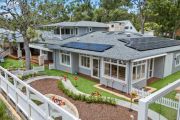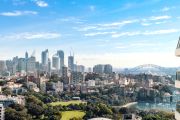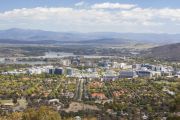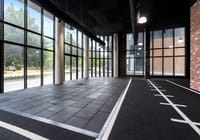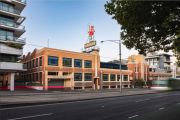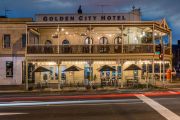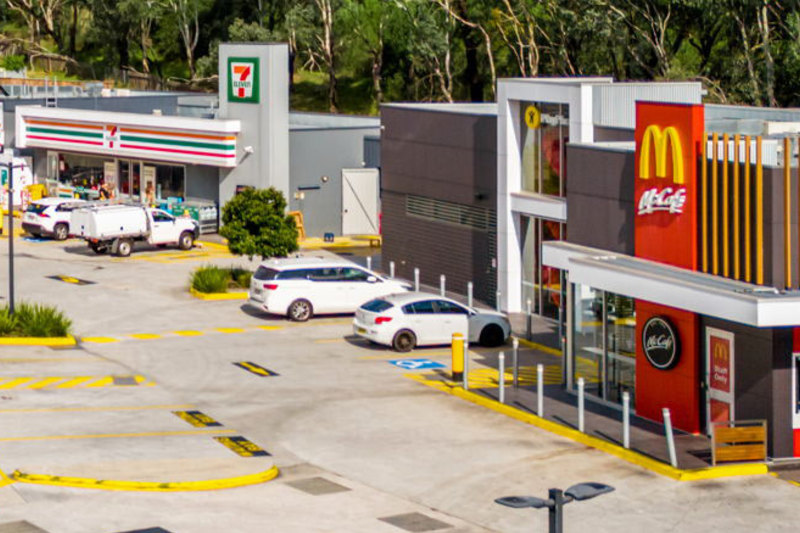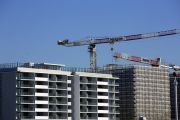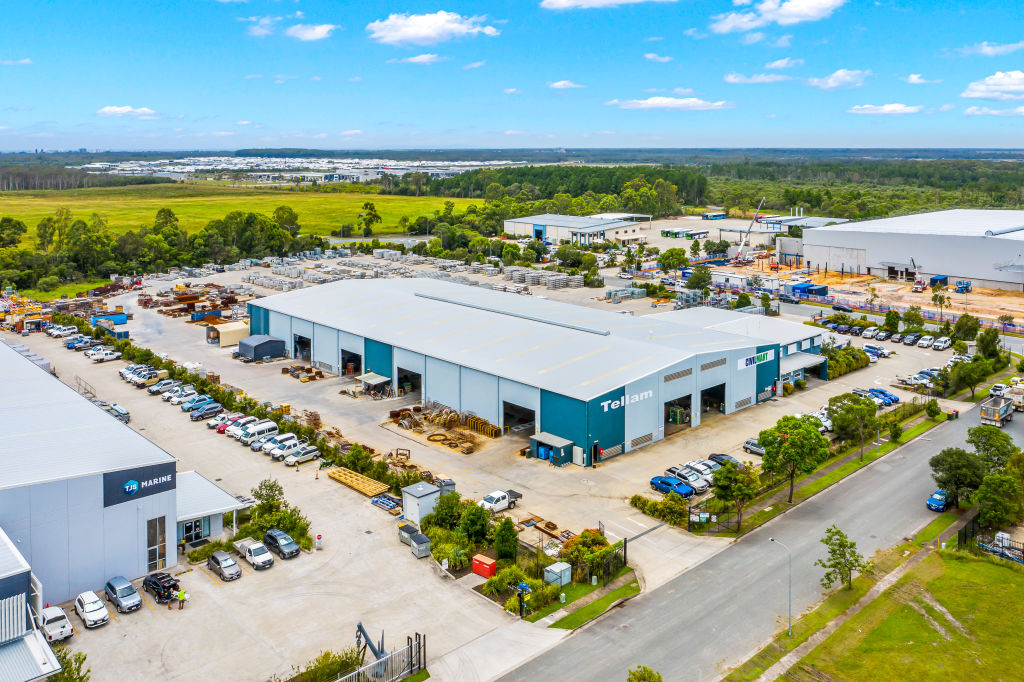
Boom times beyond the capitals
Until COVID-19 struck, many of Australia’s regional areas flew under the radar for commercial uses. But then, with the population shifting out of the capital cities, the focus of many industrial property investors shifted sharply too.
“Since the pandemic, the regions have really picked up,” says Luke Crawford, director of industrial research at agency Colliers. “We’ve had much higher demand for goods, and a lot of those markets out-performed those in capital cities.
“We’ve had so much demand for sites, there’s not a lot of stock left for lease, and we’ve experienced strong rental growth. The positive for the regions is that they have a higher yield, providing a bit of a buffer to date for preserving asset values.
“And now we have the lower and mid-tier funds moving to the regions too to set up satellite hubs.”
That has meant some spectacular capital value growth among the regions. The Gold Coast, for instance, has seen a 26 per cent rise in the last year, also boosted by the prospect of the 2032 arrival of the Olympics in Brisbane.
The Sunshine Coast is also firing on all cylinders, reports Nick Dowling, the managing director of Sunshine Coast Colliers. “We’re seeing huge growth in land values, great growth in rental rates and a lack of land supply,” he said. “We’ve had some areas with capital values growing 100 per cent in the past year, with properties selling for $500 or $600 a square metre when they were $300 before.
“Then, in areas like Noosa, we’ve seen prices up to $1200 a square metre because there’s just no free land or buildings. When we released 38 lots in the hinterland, they sold out within 48 hours.”
In NSW, Newcastle has been performing exceptionally well, particularly with the new NorthConnex road to Sydney slashing travel times. Values have grown there, says Crawford, by 25.5 per cent over the past 12 months. South of Sydney, Wollongong has seen a 14 per cent uplift, particularly with the expansion of Sydney’s south-west suburbs.
National director of industrial at Colliers, David Hall, says the change has been phenomenal. “Both markets have been driven by the lack of vacancies in Sydney and rising costs,” he said. “As a result, we’ve seen rental growth of 15-20 per cent in the last 12 months in some markets alone. Then, in some areas of Newcastle, there’s been land price growth of almost 100 per cent in the past two years.
“A lot of occupiers consider Newcastle a lot cheaper than Sydney and easy to distribute into that market. Our projection is Newcastle will see significantly rising land values and rents, especially because of relative land constraints because of the ocean and freeway. We’ve sold probably 30-40 industrial blocks off the plan in that region.”
Despite the recent price and rent rises, many operators still see a lot of value in Newcastle, Hall believes. In South Sydney, for instance, land will be $4000 a square metre, compared to less than $1000 a square metre in Newcastle.
“Both Newcastle and Wollongong have seen large residential and population growth, and that means a need to service that population,” he says.
Meanwhile, in Victoria, the regions are going equally well. In Geelong, south-west of Melbourne, and Australia’s second fastest-growing city, values are up by just over 20 per cent, Crawford says. He sees similarities to Wollongong, with Melbourne’s western market the most active from a supply and demand perspective.
In Geelong, Collier’s senior executive sales and leasing Jonathon Lumsden rates it even more strongly. “It’s off its nut, really,” he said. “It’s very strong. Unfortunately, there’s a lack of supply but plenty of demand.
“Since COVID, we’ve had an enormous influx of owner-occupiers, and that’s been mainly driven by the cost of money in interest rates and the money still in super funds that people want to put into their own property. We’ve got demand for properties from right across the disciplines, from landscape gardeners, pool suppliers, catering businesses, storage operators and warehouses.”
An important factor is the supply of land and industrial property drying up along the western corridor of Melbourne, while Melbourne buyers can still see the underlying value in the cost of real estate in Geelong compared to Melbourne.
Some companies are now setting up satellite facilities in Geelong. A number of freight and logistics firms joined the throng when it was announced that the Melbourne-Tasmania ferry, Spirit of Tasmania, would dock in Geelong from October.
In Victoria’s Central Highlands, Ballarat has seen growth on a par with Geelong, too, of around 20 per cent.
“Ten years ago, it really struggled because there wasn’t much diversification in the economy, but the local government provided incentives for other businesses to set up there.
“Now, there’s nothing available for lease of over 1000 square metres, and fresh supply never happens quickly. So, vacancies will remain low, rental growth will continue, and there are yields of 5.5 per cent or more.”
